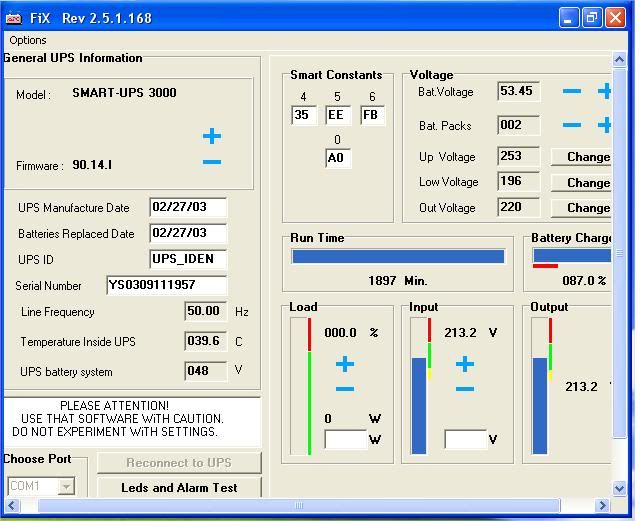Apcfix Polnaya Versiya

Akt prorabotki blyuda obrazec o. View the basic FCPVX stock chart on Yahoo Finance. Change the date range, chart type and compare FIDELITY SECURITIES FUND SMALL against other companies.
Cos fan tutte tinto brass torrent download. Pfam is a widely used database of protein families, currently containing more than 13 000 manually curated protein families as of release 26.0. Pfam is available via servers in the UK (), the USA () and Sweden (). Here, we report on changes that have occurred since our 2010 NAR paper (release 24.0). Over the last 2 years, we have generated 1840 new families and increased coverage of the UniProt Knowledgebase (UniProtKB) to nearly 80%.
Notably, we have taken the step of opening up the annotation of our families to the Wikipedia community, by linking Pfam families to relevant Wikipedia pages and encouraging the Pfam and Wikipedia communities to improve and expand those pages. We continue to improve the Pfam website and add new visualizations, such as the ‘sunburst’ representation of taxonomic distribution of families. In this work we additionally address two topics that will be of particular interest to the Pfam community. First, we explain the definition and use of family-specific, manually curated gathering thresholds. Second, we discuss some of the features of domains of unknown function (also known as DUFs), which constitute a rapidly growing class of families within Pfam. INTRODUCTION Pfam is a database of protein families, where families are sets of protein regions that share a significant degree of sequence similarity, thereby suggesting homology.
Similarity is detected using the HMMER3 () suite of programs. Pfam contains two types of families: high quality, manually curated Pfam-A families and automatically generated Pfam-B families. The latter are derived from clusters produced by the ADDA algorithm (), followed by the subtraction of overlapping Pfam-A regions at each release. Pfam-A families are built following what is, in essence, a four-step process: •. Choosing family-specific sequence and domain gathering thresholds (GAs); all sequence regions that score above the GAs are included in the full alignment for the family (GAs are described in detail in a later section of this paper). In addition to providing matches to UniProtKB, Pfam also provides matches for the NCBI non-redundant database, as well as a collection of metagenomic samples.
We generate a variety of data downstream, including, among others, a family sequence-conservation logo based on the HMM, a description of domain architectures, where all co-occurrences with other domains are reported, and a species tree summarizing the taxonomic range in the family. The quality of the seed alignment is the crucial factor in determining the quality of the Pfam resource, influencing not only all data generated within the database but also the outcome of external searches that use our profile HMMs, e.g. To assign domains to proteins which are part of newly sequenced genomes.
For this reason, a considerable curatorial effort goes into seed alignment generation. Members of the same Pfam family are expected to share a common evolutionary history and thus at least some functional aspect. Ideally, our families should represent functional units, which, when combined in different ways, can generate proteins with unique functions. The ultimate goal of Pfam is to create a collection of functionally annotated families that is as representative as possible of protein sequence-space, such that our families can be used effectively for both genome-annotation and small-scale protein studies. It must be stressed, however, that homology is no guarantee of functional similarity and transfer of functional annotation based solely on family membership should always be undertaken with caution. On the other hand, additional data that are available from Pfam, such as conservation of family signature residues or conservation of common domain architectures, can increase confidence in a given functional hypothesis.